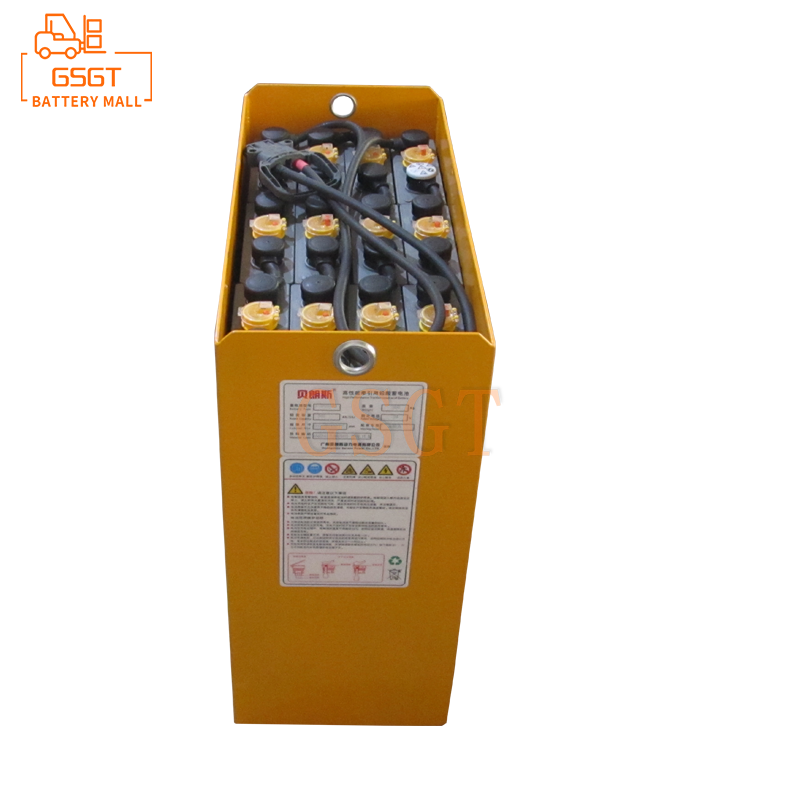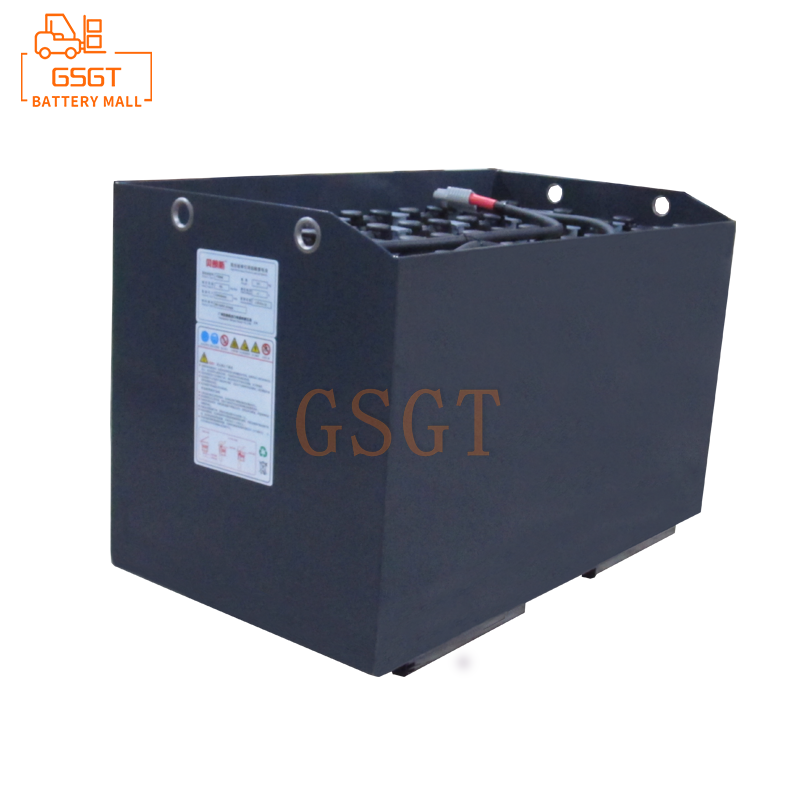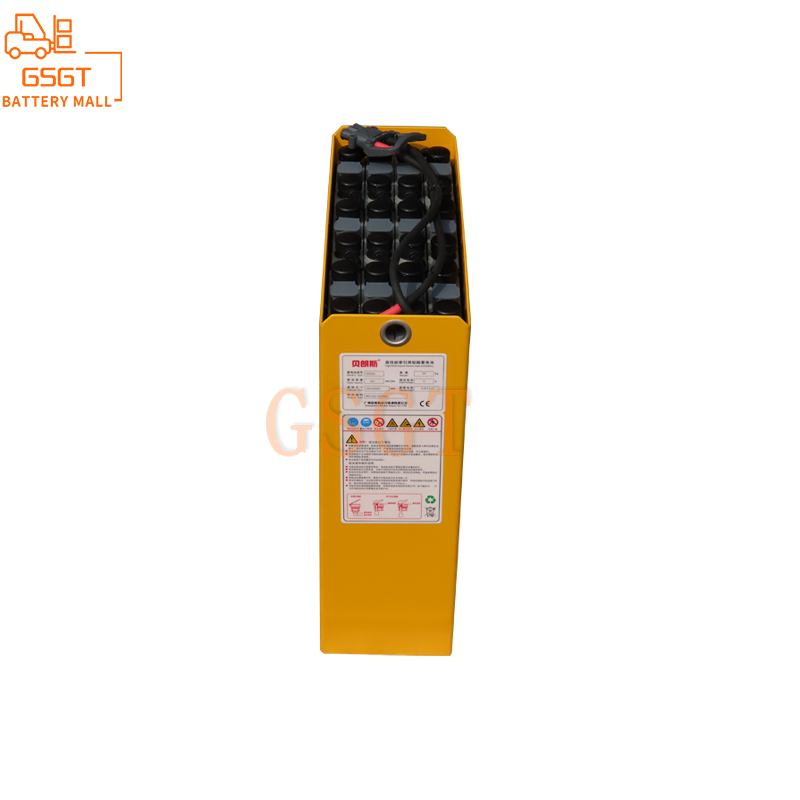Time:2025-03-15 10:13:29
Browse:238
In the modern energy system, lead-acid batteries, with their advantages of low cost and strong applicability, are widely used in many fields such as automobile start-stop, renewable energy storage and backup power supply of communication base stations. However, the performance of lead-acid batteries is affected by a variety of factors, and for a long time, accurately mastering its State of Charge (SoC) has been a problem in the industry. The emergence of dynamic charge status monitoring technology has become the key to achieve major technological breakthroughs in the intelligent management system of lead-acid batteries, and has opened up a new path to improve the efficiency and life of lead-acid batteries.
Traditionally, the method for estimating the state of lead-acid battery charge is simple and the accuracy is limited. For example, the voltage method is estimated according to the characteristics of the battery terminal voltage and the state of charge. However, in fact, the terminal voltage of the lead-acid battery is obviously interfered by factors such as charge and discharge current, temperature and battery aging degree. In the high current charging and discharging, the polarization phenomenon of the battery is serious, and the terminal voltage fluctuates sharply. At this time, the error of the estimated charge state can reach 20%-30% by relying solely on the voltage measurement, which cannot meet the demand for accurate battery management. Another example is ampere-hour integration method, through the cumulative charge and discharge current and time product to calculate the state of charge, although the principle of this method is simple, but over time, the current measurement error will continue to accumulate, coupled with the battery self-discharge and other complex factors, after a period of time, the charge state estimation error is more and more large, resulting in serious misjudgment of the actual battery power.
The dynamic state of charge monitoring technology abandons the limitation of the traditional method, and adopts the combination of multi-parameter fusion and advanced algorithm to realize the accurate tracking of the state of lead-acid battery charge. First of all, from the perspective of monitoring parameters, in addition to conventional voltage and current, key information such as temperature and internal resistance are also included. Temperature has a significant effect on the chemical reaction rate of lead-acid battery, and the charging and discharging efficiency and capacity of the battery will change under different temperatures. For example, at low temperatures, the viscosity of the electrolyte increases, the ionic diffusion rate slows down, the internal resistance of the battery increases, and the actual amount of electricity can be emitted decreases. By monitoring the battery temperature in real time and combining with the temperature compensation algorithm, the estimated state of charge can be corrected more accurately. Internal resistance is also an important indicator to reflect the health and charge status of the battery. With the appearance of aging phenomena such as plate vulcanization and active substance shedding during the use of the battery, the internal resistance of the battery gradually increases, and under different charged states, the internal resistance shows a specific change law. The high precision internal resistance measurement circuit is used to obtain the internal resistance data of the battery, which provides a key basis for the dynamic charging state monitoring.
At the algorithm level, artificial intelligence algorithm plays a core role in the dynamic state of charge monitoring. Among them, Kalman filter algorithm is widely used. Based on the system state space model, it fuses the measured values of battery voltage, current, temperature and so on with the predicted values of the internal state of the system. Through continuous iterative updating, the measurement noise can be effectively filtered and the state of charge of the battery can be accurately estimated. Taking a lead-acid battery intelligent management system with Kalman filter algorithm as an example, the actual operation test for a month under complex working conditions shows that the estimated error of its state of charge is always controlled within 5%, and the accuracy is improved several times compared with the traditional method. In addition, neural network algorithms also show strong advantages. By constructing a neural network model including input layer, hidden layer and output layer, a large number of battery operation data under different working conditions are used as training samples to learn the complex nonlinear relationship between battery parameters and state of charge. The fully trained neural network can quickly and accurately output accurate charge state estimation results based on real-time monitoring of battery parameters, and can maintain good adaptability and accuracy even in the face of complex conditions such as battery characteristics changing with time and sudden changes in operating conditions.
The application of dynamic state monitoring technology has brought a comprehensive change to the intelligent management system of lead-acid battery. In terms of charge and discharge management, in the past, due to the inability to accurately grasp the state of battery charge, overcharge or undercharge phenomenon often occurs during the charging process, and it is difficult to reasonably control the depth of discharge during discharge, which greatly affects the battery life. With the help of dynamic charging status monitoring, the intelligent management system can dynamically adjust the charging and discharging current and voltage according to the real-time charging status of the battery, so as to realize intelligent fast charging and accurate discharge control. For example, when the state of battery charge is detected to be close to full, the charging current is automatically reduced to avoid damage to the battery caused by overcharge; During the discharge process, the load power is adjusted in real time according to the state of charge to ensure that the battery discharge depth is always in the best range and the battery cycle life is extended. In terms of battery health management, the intelligent management system can predict potential battery failures in advance by continuously monitoring the changing trend of charge status and combining parameters such as internal resistance. When the battery charge status fluctuates abnormally or the internal resistance growth rate exceeds the normal range, the system sends an early warning message to remind maintenance personnel to check and maintain the battery to avoid serious consequences such as system shutdown caused by battery faults.
Although dynamic state of charge monitoring technology has made remarkable progress, it still faces some challenges in practical application. On the one hand, the working environment of the lead-acid battery is complex and changeable, and the harsh conditions such as high temperature, high humidity and strong electromagnetic interference will affect the stability and measurement accuracy of the monitoring equipment. For example, in the high temperature environment, the zero drift problem of the sensor is aggravated, which may lead to the distortion of the measurement parameters, and then affect the accuracy of the estimation of the state of charge. On the other hand, the internal chemical characteristics and structural design of lead-acid batteries produced by different manufacturers are different, which requires that the dynamic charge state monitoring algorithm has good universality and adaptability, and can be applied to various types of lead-acid batteries. However, there is still room for improvement in the universality optimization of the algorithm.
In the face of these challenges, researchers and enterprises are actively carrying out technical research. In terms of hardware design, sensors and electronic components with high temperature resistance and strong anti-interference performance are developed and used, and circuit layout and shielding measures are optimized to improve the reliability of monitoring equipment in harsh environments. In terms of algorithm optimization, based on big data and machine learning technology, the training sample library is constantly expanded to cover more types of lead-acid battery data with different service life, so that the algorithm can automatically learn and adapt to the characteristics of different batteries, and further improve the versatility and accuracy of dynamic charge status monitoring technology.
Looking forward to the future, with the continuous improvement and popularization of dynamic charge status monitoring technology, the intelligent management system of lead-acid batteries will be more intelligent and efficient. In the automotive field, it will help achieve more accurate battery power display and more optimized start-stop control strategy, improve vehicle energy efficiency and driving safety; In the field of renewable energy storage, it can rationally schedule energy storage and release according to the real-time charging state of the battery, and improve the stability and reliability of the energy system. In the field of communication base stations, ensure the reliable operation of backup power supply and reduce the risk of communication interruption caused by battery failure. Dynamic charge status monitoring technology is reshaping the application value of lead-acid batteries with its powerful technological innovation, and injecting new vitality into the development of energy storage and management.

$1105

$3075

$1270

$2040

MESSAGE
Professional And Efficient
Security
Affordable Price
Professional Services